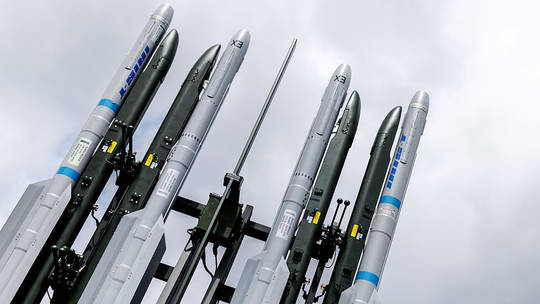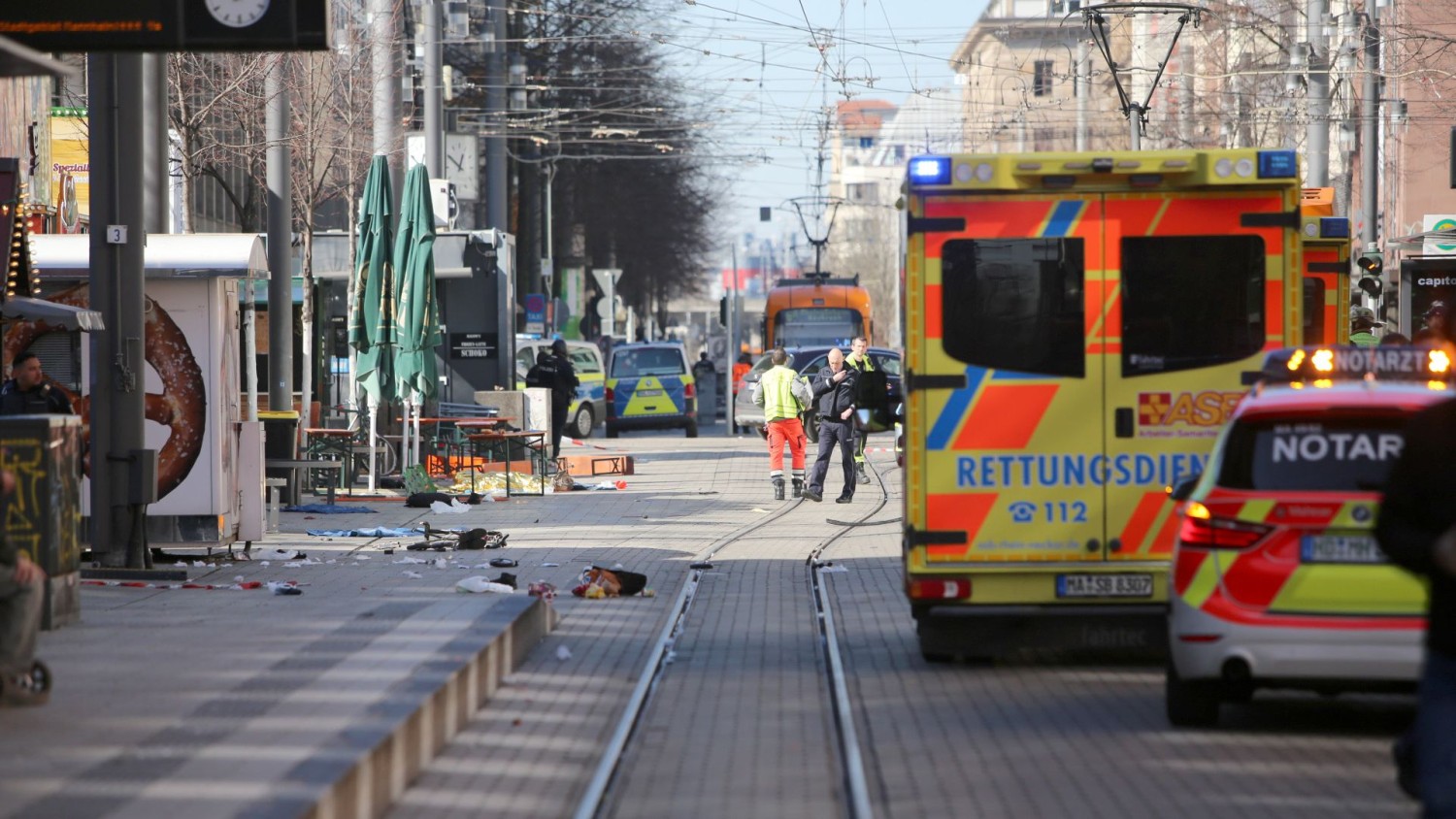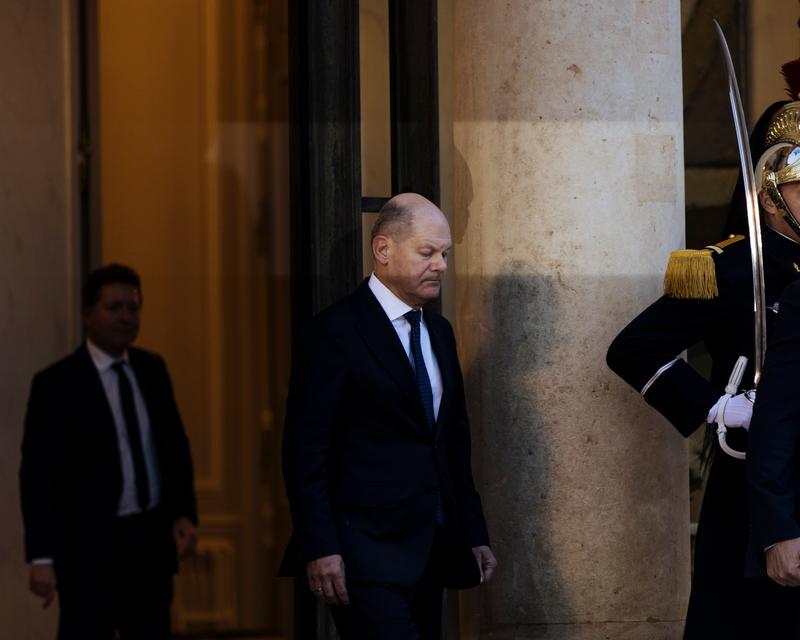
This article is more than
8 year oldThe ongoing multi-billion dollar disaster of Berlin’s new international airport
“It’s not an airport, it’s an oversized bus station because while you can’t board any planes there is at least a bus every hour.”
There is also an airport hotel, but no passengers to fill it, and an underground station, but no trains run through it. Above ground the terminal stands gleaming, its lights on and its gates ready. But no plane has ever landed here.
Originally estimated to cost 2 billion euros (AUD$2.8bn) the tab for Berlin Brandenburg Airport is now running in excess of 6 billion euros (AUD$8.5bn). It was due to welcome its first flights in 2012, there is still no clear opening date.
Despite the doors being shut, every day the airport costs German taxpayers 1 million euros in construction and maintenance fees.
The airport says they have “clear objectives” for the future and “82 per cent of milestones [to opening] have been achieved”. Yet, earlier this month, the troubled project was thrown into crisis once more as the CEO resigned.

So severe are the problems at Berlin Brandenburg, a former staff member mused that, “it may never open”.
While last year, an airport spokesman said only people on drugs could “give you any firm guarantees for this airport”.
For a country renowned for its efficiency, the disaster of a project has been deeply humiliating for Germany.
Transport Program Director at the Grattan Institute, Marion Terrill, was blunt in her assessment. “It’s atrocious,” she told news.com.au. But she warned that Australians shouldn’t look on too smugly. Infrastructure budgets far closer to home have blown out by at least as many times. And with billions of dollars being spent on new motorways and railways, there’s plenty of opportunity for Australia to embarrass itself.

Wind back to 2012, and the preparations to open Berlin Brandenburg were in full swing.
Designed to replace two ageing airports designed during the cold war, it would be a shining symbol of German reunification.
As the opening date neared, stores in the new terminal were being readied, airlines were moving staff to their new base and a massive logistics operation was imminent to move equipment from the old to the new airport.
Then, less than one month out, the opening was cancelled. Initially until late 2013, the most recent estimates have suggested it may not open until 2020.
“If you look at the list of failures you begin to have doubts about the legendary German engineering,” said Hans Brandt, a journalist with German news service Deutsche Welle.
“90kms of cabling were incorrectly installed; all 4000 doors were wrongly numbered; the escalators were too short, the planner in chief was an impostor and the emergency line to the fire department was not installed.”

It’s the futuristic fire safety systems in the departure hall — dubbed the “monster” due to its size — which have been the main headache.
In a fire test prior to opening, the safety mechanisms went haywire. Alarms failed to go off and pipes designed to suck the smoke out of the monster were in danger of imploding.
Nothing if not inventive, airport chiefs suggested 800 low paid staff should be stationed throughout the terminal whose sole job it was to spot fires.
The proposal was laughed out of town — the only alternative was to rip out, rethink and rebuild the exhaust systems.

Accusations have surfaced of corruption among airport contractors, at one point work had to stop because the roof was about to cave in and successive CEOs have come and gone.
In January, airport boss Karsten Muehlenfeld said the terminal wouldn’t open until 2018 at the earliest due to “among other things, defects with the electronic door controls ... and the sprinkler systems”. Earlier this month, he resigned putting further doubt on whether even that date is achievable.
Last year, Dieter Faulenbach da Costa, who worked on the planning of the airport in the late 1990s, wondered if the engineering challenges were now just too much.
“The restructuring of the fire safety systems, which has been going on for the last four years at [Berlin Brandenburg], will prevent the opening of the new airport,” he told Morgenpost.

In 2016, the airport’s then spokesman, Daniel Abbou, said you had to be on drugs to believe all was well with the project.
“Believe me, no one who isn’t dependent on medication will give you any firm guarantees for this airport ... They used to say mostly, ‘no, everything will be fine’. That’s bullshit. Admit it when something has screwed up,” he told a German PR magazine. Mr Abbou is no longer with the airport.
“It does sound really atrocious,” said Ms Terrill of the Grattan Institute. But the infrastructure tale of woe wasn’t unique to this airport.
“One of the most striking things is the cost blow outs, and it’s not even finished yet. But that is quiet consistent with the Australian experiences of cost overruns,” she told news.com.au.
“When Australian projects blow out, it can be spectacular just like Berlin airport.”
Australia is currently undergoing a multi-billion dollar transport boom with Sydney’s WestConnex motorways, the Sydney and Melbourne underground Metro projects and Sydney and Canberra light rail.
Analysis by the Grattan Institute found 17 per cent of Australian infrastructure projects blew their budgets. But the financial overruns on this mostly massive projects accounted for some 90 per cent of total infrastructure budget blowouts.

A big problem was politicians’ love of an announcement.
“It’s common in Australia for these projects to be announced at an election when the work hasn’t been done and funds committed and it’s extremely difficult for politicians to then back away from,” said Ms Terrill.
The Forrest Highway in Western Australia, costed at $136m came in at $688m, while NSW’s Hunter Expressway went from $335m to $1.7bn — budget hikes on a par with Berlin.
So is Berlin’s airport now terminal? Is it worth throwing good money after bad?
“We don’t always expect public infrastructure to recoup its community benefits in purely a monetary sense. They can be really important for both economic and non-economic purposes,” Ms Terrill said.
But there’s one more joke in store for Berlin. During the time the airport has failed to open passenger numbers have risen so much it will be full from day one.
It means one of the two airports it aimed to replaced will now have to remain in use even after the first plane rolls up to the shiny, but not-so-new terminal.




